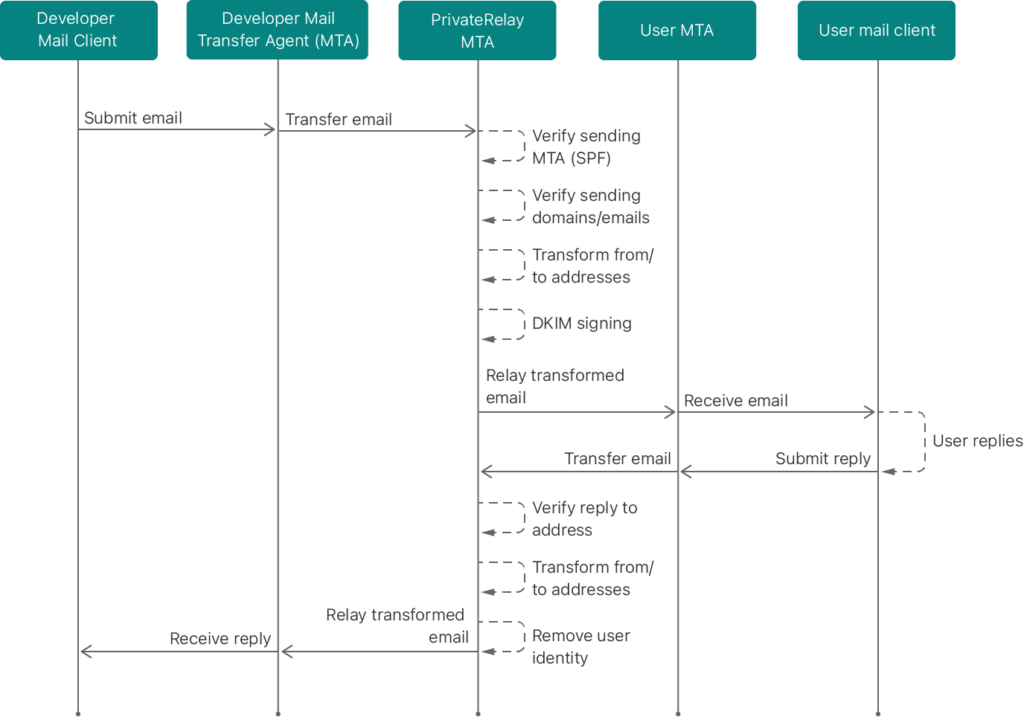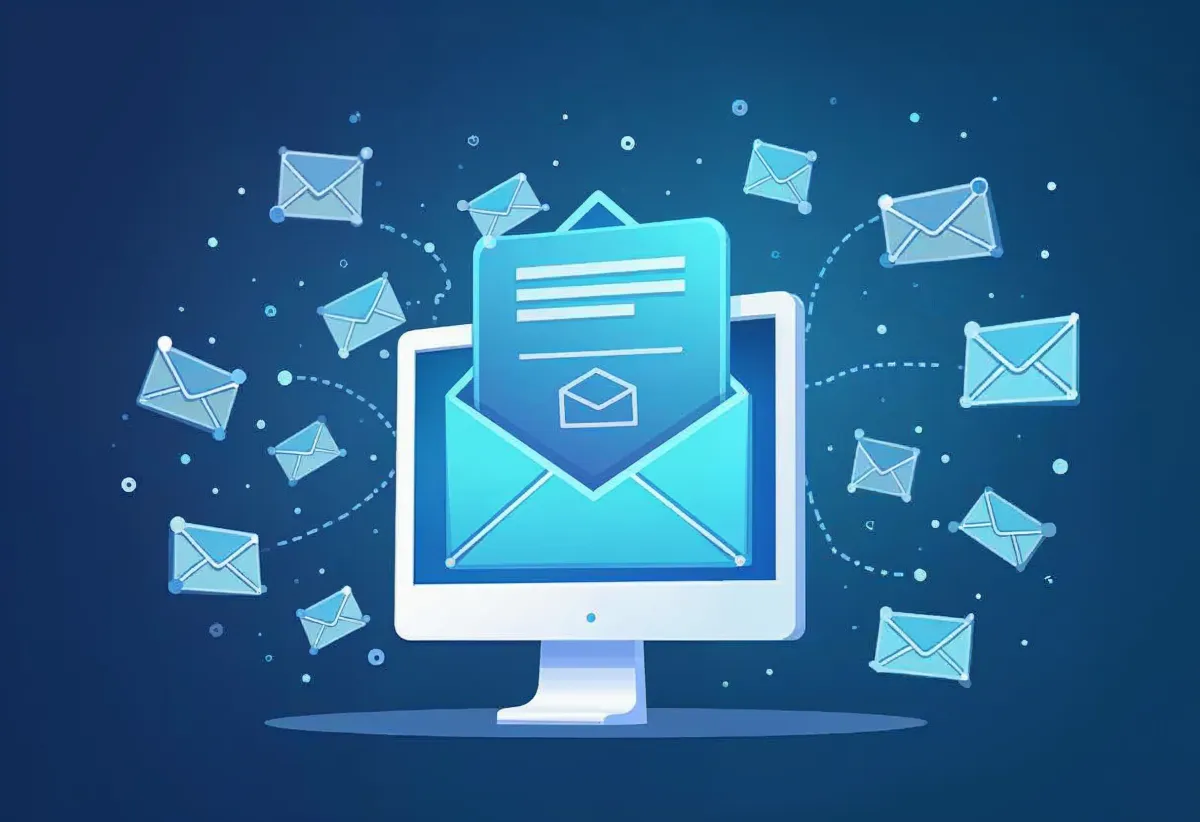Apple’s privaterelay.appleid.com email addresses are part of its privacy-focused features within Sign in with Apple. These addresses allow users to hide their real email when signing up for services, providing a unique, random email that forwards to their actual inbox. While this enhances user privacy and security, it raises important considerations for email marketers.
While it is technically possible to send marketing emails to privaterelay.appleid.com addresses, it is not recommended due to Apple’s filtering mechanisms, higher likelihood of bounces, and reduced tracking capabilities.
In this article, we will explore whether marketing emails can and should be sent to privaterelay.appleid.com addresses, technical implications, and best practices to ensure deliverability and compliance.
Understanding privaterelay.appleid.com
When a user signs up for a service using Sign in with Apple, Apple generates a relay email in the format:
randomstring@privaterelay.appleid.comEmails sent to this address are automatically forwarded to the user’s real email unless they disable forwarding. However, Apple imposes strict filtering policies, meaning that not all emails sent to these relay addresses will be delivered.
Challenges of sending marketing emails to Apple Private Relay
1. Apple’s filtering mechanism
Apple’s private relay service is primarily designed for transactional emails such as account verification, password resets, and purchase confirmations.
Marketing emails that contain promotional content, newsletter campaigns, or bulk mailings may be flagged and filtered out before reaching the recipient’s inbox. If a significant number of users report emails as spam, Apple may block future emails from the sender.
2. User control over email forwarding
Users can disable email forwarding from privaterelay.appleid.com addresses at any time in their Apple ID settings. This means that even if an email is delivered, the user may never see it if forwarding is turned off.
3. Impact on email deliverability and sender reputation
Since private relay addresses are designed to protect user privacy, bounce rates and spam complaints may be higher than with traditional email addresses. High bounce rates negatively impact sender reputation, making it more difficult to deliver future emails successfully.
Additionally, Apple Mail Privacy Protection (MPP) prevents tracking of open rates, meaning marketers cannot reliably measure engagement with users on Apple’s email platform.
4. Challenges in personalization and segmentation
Marketers often use email addresses as unique identifiers to track user activity and engagement across multiple channels. Since Apple generates a randomized email address for each service, matching the same user across different platforms becomes more difficult. If a user signs up for multiple services using Sign in with Apple, each service will receive a unique relay address, preventing cross-service personalization.
Best practices for email marketing to privaterelay.appleid.com
If your business must communicate with users through relay addresses, consider the following best practices:
1. Use Apple Relay addresses only for transactional emails
To ensure reliable deliverability, limit emails sent to privaterelay.appleid.com addresses to:
- Account verification and password resets
- Order confirmations and receipts
- Important service updates
- Security alerts
Promotional content should be avoided unless explicitly requested by the user.
2. Encourage users to provide their primary email
Since relay addresses obscure the user’s identity, provide an option for users to update their email to a primary, non-relay address. Consider implementing a confirmation prompt during onboarding:
“We noticed you’re using a private relay email. Would you like to receive updates and special offers at your primary email address? Update your contact info here.”
3. Monitor bounce rates and engagement
Regularly monitor bounce rates, spam complaints, and engagement metrics from privaterelay.appleid.com addresses. If a high percentage of emails are bouncing or unengaged, consider segmenting these users and reducing the frequency of promotional messages.
4. Ensure compliance with email authentication standards
To maximize deliverability, implement proper email authentication protocols:
- SPF (Sender Policy Framework) – Prevents spoofing of your email domain.
- DKIM (DomainKeys Identified Mail) – Ensures emails are not tampered with in transit.
- DMARC (Domain-based Message Authentication, Reporting, and Conformance) – Protects against phishing attacks and domain abuse.
Apple is known for strict compliance with authentication protocols, so properly configuring these records is essential for maintaining sender reputation.
5. Optimize email content to avoid spam filters
Apple’s filters are aggressive in identifying unwanted emails. To improve chances of delivery:
- Avoid excessive use of promotional phrases like “Limited Time Offer” or “Buy Now”
- Reduce the number of links and images
- Personalize content based on user preferences
6. Review Apple’s guidance on using private email relay service
Apple has additional details about communicating to users using the private email relay service in their technical documentation. And provides the following sequence to show how the private email relay service works:

Conclusion
While it is technically possible to send marketing emails to privaterelay.appleid.com addresses, it is not recommended due to Apple’s filtering mechanisms, higher likelihood of bounces, and reduced tracking capabilities. Businesses should prioritize transactional emails for relay addresses and encourage users to provide their primary email for marketing communications.
By following best practices, companies can ensure they comply with Apple’s privacy policies while maintaining effective communication with users.

